Windows users are increasingly reporting system errors tied to drivers and kernel-level files, with the “A driver cannot load on this device (gdrv2.sys)” error topping the list recently.
This issue, commonly linked to Gigabyte’s driver file gdrv2.sys, can severely impact your system’s performance, boot process, and overall stability. It often arises after Windows updates or when installing specific Gigabyte utilities, halting driver execution and triggering frustrating boot errors or crashes.
While traditional troubleshooting steps exist, they’re time-consuming, complex, and don’t guarantee long-term results. That’s why many users are now turning to smarter solutions like Repairit—a tool that streamlines the process of repairing system-related problems, including driver issues like gdrv2.sys.
In this article
Part 1: What is the “gdrv2.sys – A Driver Cannot Load on This Device” Error?
The gdrv2.sys file is a system-level driver installed by Gigabyte utilities, often bundled with apps like Gigabyte App Center or RGB Fusion. Its purpose is to allow these programs to interact more directly with your system’s hardware, particularly motherboard-level components.
Why does the gdrv2.sys Error Occurred?
When you see the message:
“A driver cannot load on this device (gdrv2.sys)”; it means Windows has blocked this file from executing.
This usually happens due to:
- Unsigned or improperly signed drivers
(Windows requires all kernel drivers to be digitally signed for security reasons.)
- Windows kernel-mode driver blocking.
(A security layer was added in newer Windows versions to stop unsafe or outdated drivers.)
- Incompatibility with system policies or security settings
In short, Windows is stopping the gdrv2.sys file from loading to protect your system.
When Does This Error Typically Appear?
Most users report this error in the following situations:
- After a major Windows update or patch
- When installing or updating the Gigabyte software
- Following changes in Secure Boot or Driver Signature Enforcement settings
Common Symptoms and Scenarios
You might encounter:
- System boot failure or repeated restarts
- Error pop-ups during startup or software launch
- Blue screen (BSOD) related to driver loading issues.
- Device Manager errors showing driver conflicts
- Stability issues when running Gigabyte utilities
Important: The gdrv2.sys error can appear even if your system was working fine before, making it crucial to address it as soon as possible.
Part 2: How to Fix “gdrv2.sys A Driver Cannot Load on This Device” – Step-by-Step Guide
If you're encountering the “A driver cannot load on this device (gdrv2.sys)” error, don’t panic. Here’s a quick guide to help you troubleshoot it manually.
Fix 1: Disable Driver Signature Enforcement (Temporary Fix)
This disables the system’s driver verification temporarily—useful for quick access or testing.
How to do it:
- Press Shift while clicking Restart from the Start menu.
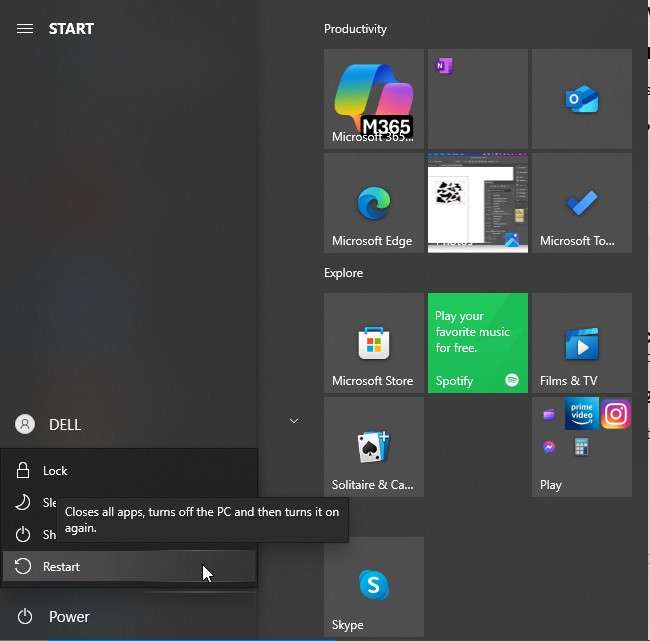
- Go to Troubleshoot > Advanced options > Startup Settings.
- Press F7 to Disable driver signature enforcement.
- Let your PC restart.
Caution: This change resets after a reboot and reduces driver security. Use it only for temporary troubleshooting.
Fix 2: Remove or Reinstall Gigabyte Utilities
Corrupted or outdated Gigabyte software may be triggering the error.
How to do it:
- Press Windows + R, type appwiz.cpl, and hit Enter.
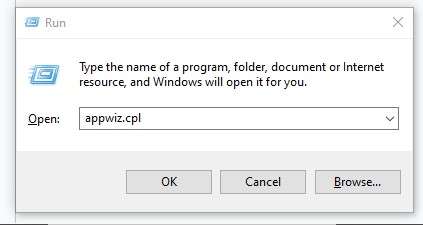
- Locate and uninstall apps like Gigabyte App Center, RGB Fusion, or EasyTune.
- Restart your PC.
- Download the latest versions from the Gigabyte official website.
Tip: Reinstall only the essential utilities you need to avoid unnecessary conflicts.
Fix 3: Run SFC and DISM to Repair System Files
These built-in tools can fix corrupted Windows files related to driver errors.
To run SFC (System File Checker):
bash
CopyEdit
sfc /scannow
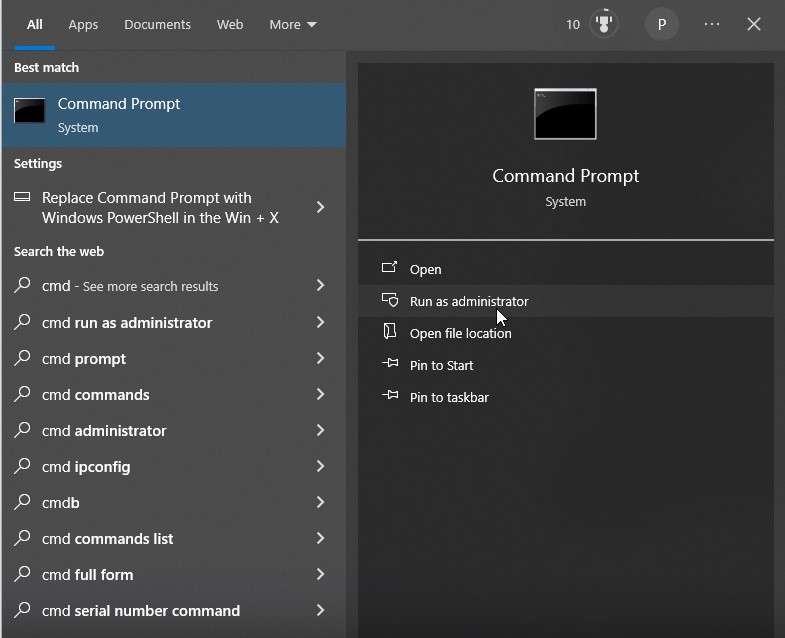
To run DISM (Deployment Image Servicing and Management):
bash
CopyEdit
DISM /Online /Cleanup-Image /RestoreHealth
Steps:
- Open Command Prompt as Administrator.

Run the above commands one by one.
- Restart your PC after completion.
These tools help fix system integrity issues that might be preventing driver loading.
Fix 4: Update BIOS, Drivers, and Windows OS
Outdated firmware or OS files may clash with gdrv2.sys.
Steps:
- Check your motherboard model and visit the manufacturer's site to update the BIOS.
- Update your chipset and device drivers using:
Windows Update
Device Manager
OEM support tools
- Ensure your Windows OS is up to date by navigating to: Settings > Windows Update > Check for updates.
Pro tip: Regularly updating BIOS and drivers can prevent future compatibility issues.
Part 3: Limitations of Manual Fixes
While manual methods can work for advanced users, they come with serious limitations, especially for beginners or those looking for long-term stability.
1. Not Beginner-Friendly
- Manual steps like editing BIOS, running command-line tools, or disabling driver policies can be confusing.
- A small mistake might lead to system instability or failed reboots.
2. Temporary in Nature
- Disabling Driver Signature Enforcement only works until the next restart.
- Even after reinstalling drivers, Windows may block gdrv2.sys again after updates.
3. Doesn’t Address Deep System Issues
- SFC and DISM can’t fix all types of file corruption or compatibility issues.
- Hidden problems in DLLs or critical drivers often go undetected.
4. Risk of Worsening the Problem
- Wrong BIOS update or improper driver tweaks can brick the system.
- Overlapping utilities from different vendors may cause additional conflicts.
Bonus Tip: Repairit – A Smarter Solution
Instead of juggling risky manual fixes, consider a trusted tool that handles the repair for you.
Repairit is an advanced system repair tool that helps users fix complex system issues, like “gdrv2.sys – A driver cannot load on this device”—with just a few clicks.
It’s designed to detect, scan, and automatically resolve problems like:
- Boot failures
- Driver crashes
- System file corruption
- Blue screen (BSOD) errors

-
Repair damaged files with all levels of corruption, including blank files, files not opening, unrecognizable format, unreadable content, files layout changed, etc.
-
Support to repair all formats of PDF, Word, Excel, PowerPoint, Zip, and Adobe files.
-
Perfectly repair corrupted files with a very high success rate, without modifying the original file.
-
No limit to the number and size of the repairable files.
-
Support Windows 11/10/8/7/Vista, Windows Server 2003/2008/2012/2016/2019/2022, and macOS 10.10~macOS 13.
How to Use Repairit – Step-by-Step Guide
Step 1: Open the tool and choose “File Repair.”
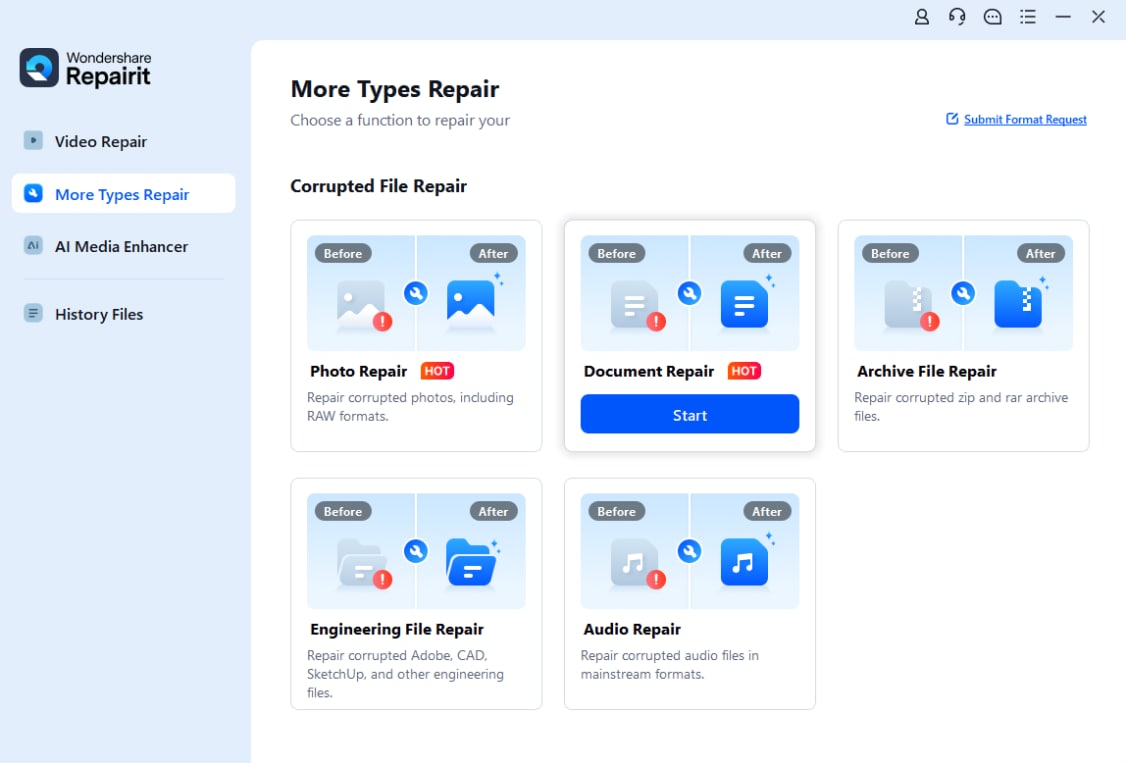
Step 2: Follow the on-screen guide to scan and identify issues, and click “repair” to start the process.
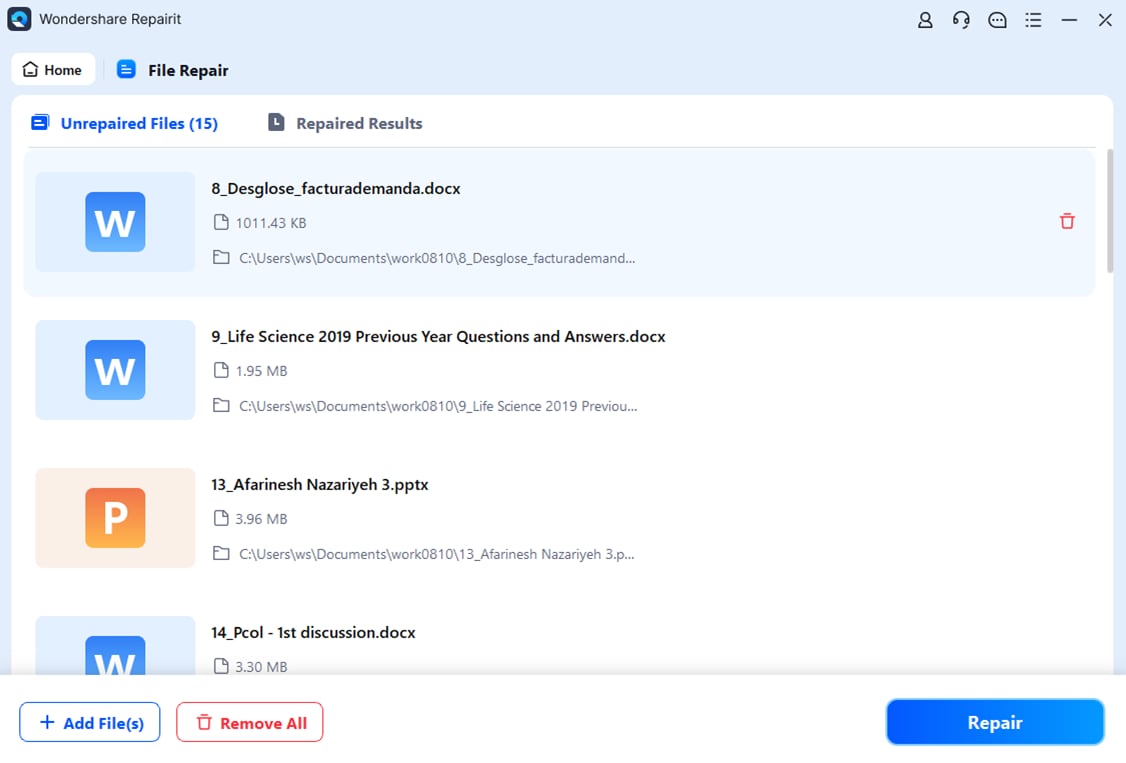
Step 3: Now save the repaired files.
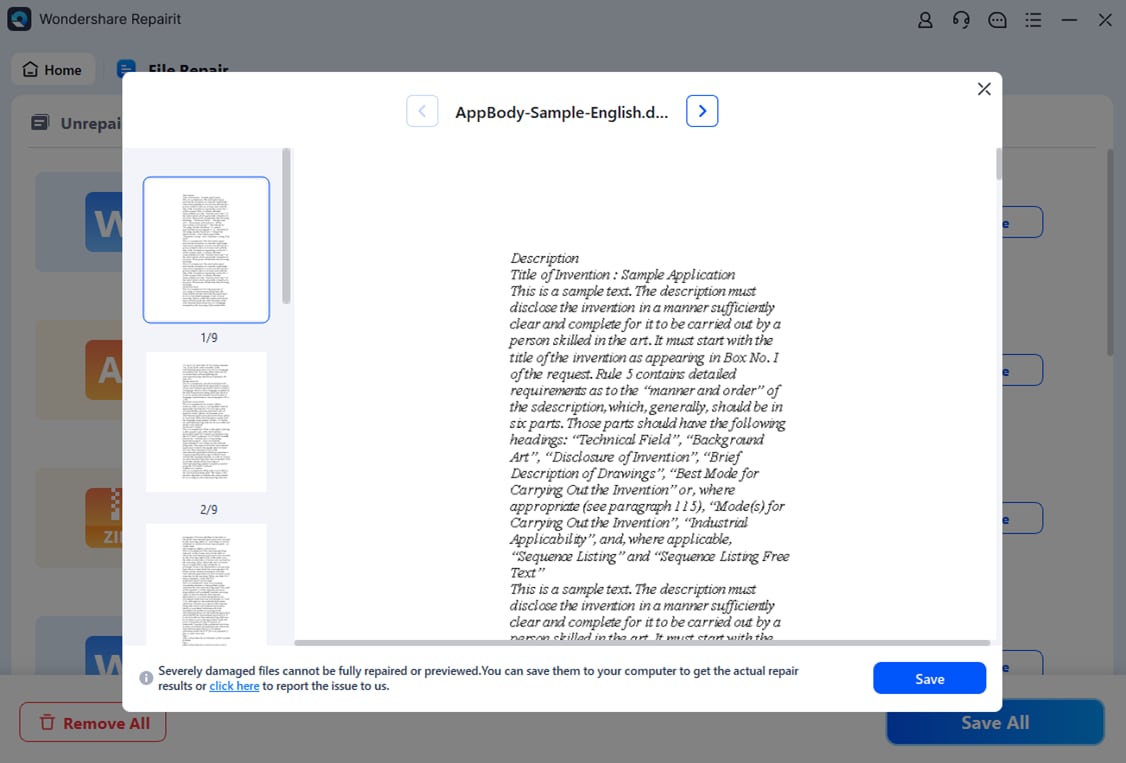
That’s it! You’re done—no coding, no command lines, no stress.
Repair Corrupted Files

Part 4: When to Use Manual Fixes vs. Repairit
Not sure which solution is right for your situation? Here’s a quick comparison to help you decide.
| Task | Recommended Tool | Reason |
| Bypass the driver block temporarily | Manual Fix | Quick workaround for advanced users |
| System file corruption | Repairit | Safe, automated repair with no risk |
| Repeated boot issues | Repairit | Deep system scan fixes root-level problems |
| Updating drivers or BIOS | Manual Fix | Best handled manually for accuracy |
| Long-term system stability | Repairit | Prevents recurring driver errors and crashes |
Still unsure?
- If you're tech-savvy and just need a quick fix, manual steps may work.
- If you want long-lasting results without the risk, or you're a beginner, go with Repairit.
Final Word: Repairit combines simplicity, safety, and effectiveness, making it ideal for resolving complex system errors like the gdrv2.sys driver issue with minimal effort.
Conclusion
The “gdrv2.sys – A driver cannot load on this device” error is a frustrating but common Windows issue, especially after system updates or when using Gigabyte utilities. At its core, this problem arises due to driver signature enforcement, system policy restrictions, or corrupted driver files.
While manual fixes like disabling signature checks or reinstalling drivers can help temporarily, they often require technical expertise and don’t guarantee a permanent resolution. Worse, they may expose your system to other risks if not executed properly.
That’s why we recommend using Repairit—a smarter, automated tool that can resolve complex driver and system file issues in just a few clicks. Whether you're dealing with boot loops, driver crashes, or system instability, Repairit offers a reliable solution for restoring your PC’s health.
Don’t waste hours with risky fixes—let Repairit do the hard work for you.
FAQ
-
Q: Why does the gdrv2.sys system error keeps coming back?
A: The error often reappears due to Windows security features re-enabling themselves, or if the core issue, like a corrupt or unsigned driver, isn’t fully resolved. Using Wondershare Repairit helps eliminate these root-level problems. -
Q: Can I use Repairit to fix other system errors, too?
A: Yes! Repairit is designed to repair a wide range of Windows problems, including boot errors, blue screens, file corruption, and more. -
Q: Is it safe to delete or disable gdrv2.sys?
A: It’s not recommended unless you're certain it won't affect your Gigabyte software. Instead of removing it, use Repairit to safely resolve the error without disabling essential drivers.


 ChatGPT
ChatGPT
 Perplexity
Perplexity
 Google AI Mode
Google AI Mode
 Grok
Grok
